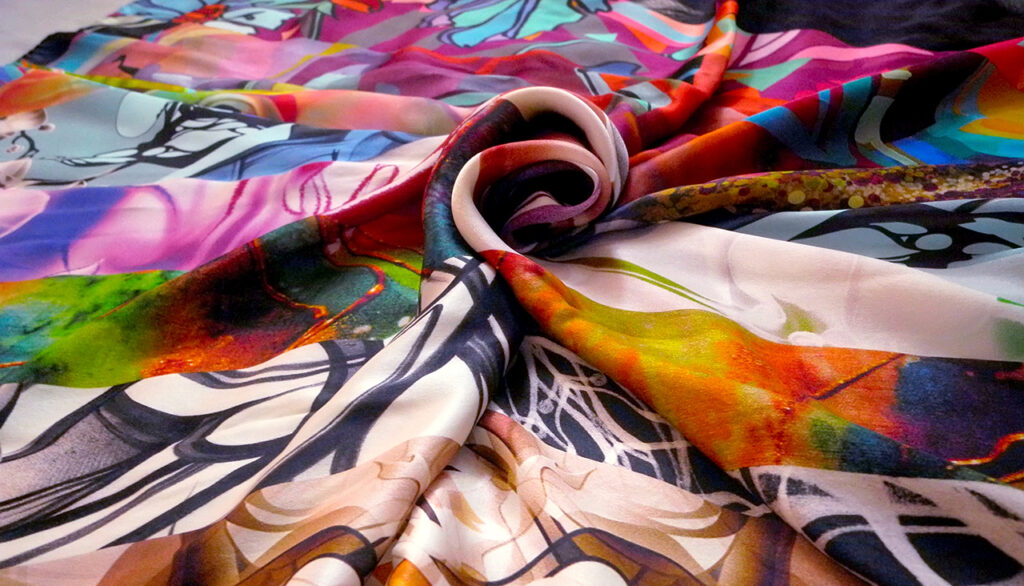Introduction
The evolution of the textile industry has been closely intertwined with technological advancements throughout history. Among these advancements, the printing industry has played a pivotal role in revolutionizing the textile manufacturing process. The ability to print intricate and colorful designs onto fabrics has not only transformed the aesthetics of textiles but has also improved efficiency and expanded the creative possibilities within the textile industry. In this blog, we’ll explore how the printing industry has impacted the textile industry in various ways.
- Revolutionizing Design and Aesthetics
Traditionally, textile designs were limited to patterns achieved through weaving, knitting, or embroidery. With the advent of printing technology, fabric designers gained the ability to create complex, detailed, and colorful patterns that were nearly impossible to achieve manually. This shift in design capabilities has not only enhanced the visual appeal of textiles but also allowed for a broader range of artistic expression.
Digital textile printing, in particular, has made it possible to print high-resolution images, intricate patterns, and gradients on fabrics, enabling the creation of visually stunning and unique textile products. This transformation has led to increased demand for printed textiles in fashion, home decor, and various other industries.
- Customization and Personalization
The printing industry has also enabled a level of customization and personalization previously unattainable in the textile industry. Consumers can now order custom-designed fabrics for various purposes, such as creating personalized clothing, home textiles, or promotional materials. Digital printing technology has made it cost-effective and accessible for both small businesses and individuals to print custom designs on textiles, catering to diverse tastes and preferences.
- Faster Production and Reduced Waste
Traditional methods of textile production, such as hand painting or screen printing, were labor-intensive and time-consuming. Digital textile printing has significantly increased the speed of production, making it possible to print large quantities of textiles in a short period. This not only reduces lead times but also minimizes waste since precise quantities can be printed, reducing overproduction and excess inventory.
- Sustainable Practices
The textile industry has faced scrutiny for its environmental impact, particularly in terms of dyeing and printing processes. Conventional dyeing methods can lead to water pollution and excessive water usage. However, digital textile printing has emerged as a more sustainable alternative. It typically consumes less water, generates fewer waste products, and reduces the need for harmful chemicals and treatments. This transition toward sustainable printing practices aligns with growing consumer awareness and demands for eco-friendly products.
- Versatile Applications
The impact of the printing industry on textiles extends beyond clothing and home textiles. Technical textiles, such as medical textiles, automotive fabrics, and industrial textiles, have benefited from advancements in printing technology. These textiles often require specialized functionalities, and digital printing allows for the incorporation of features like antimicrobial coatings, conductive materials, or flame-retardant properties with precision.
Conclusion
The printing industry has brought about a transformative impact on the textile manufacturing sector. From enhancing design possibilities and customization to improving efficiency and sustainability, the synergy between these two industries has reshaped the way we perceive and use textiles. As technology continues to evolve, we can expect further innovations in textile printing that will expand the creative boundaries and sustainable practices within the textile industry. The dynamic partnership between printing and textiles is a testament to the power of technology to drive progress and innovation in traditional industries.
Image credit: The Textile Magazine

